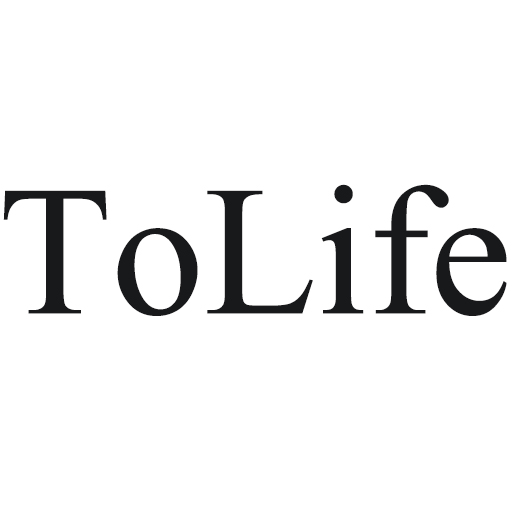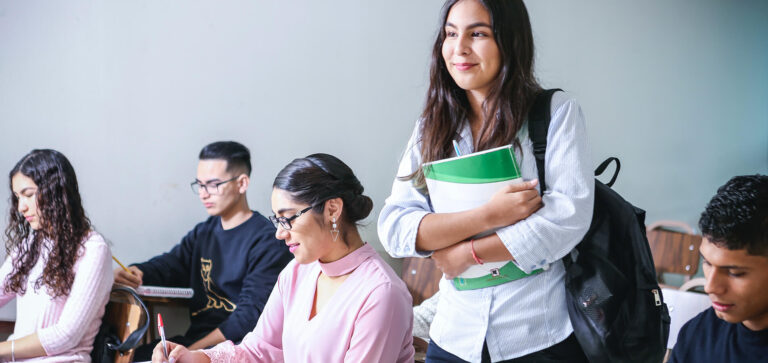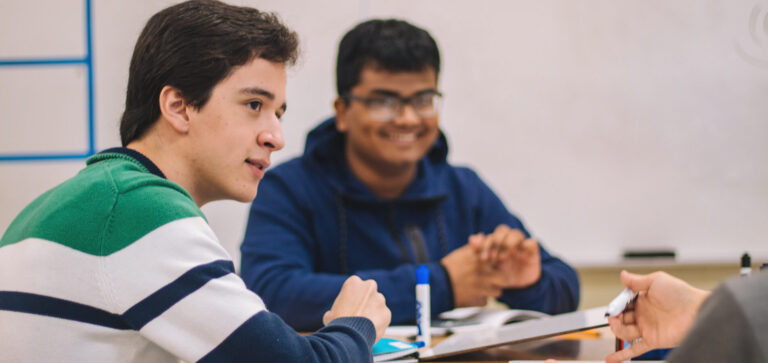Hands-On Learning: Bridging Theory and Practice in Science
Introduction
In the realm of science education, hands-on learning is essential for fostering deep understanding and practical skills. Engaging in real-world experiments and projects transforms abstract theories into tangible experiences, allowing students to grasp complex concepts more effectively. This article explores the benefits of hands-on learning in science and how programs like ToLife integrate practical experiences into their curriculum.



Hands-On Learning: Bridging Theory and Practice in Science
Introduction
In the realm of science education, hands-on learning is essential for fostering deep understanding and practical skills. Engaging in real-world experiments and projects transforms abstract theories into tangible experiences, allowing students to grasp complex concepts more effectively. This article explores the benefits of hands-on learning in science and how programs like ToLife integrate practical experiences into their curriculum.
Benefits of Hands-On Projects
Enhanced Understanding
One of the primary benefits of hands-on learning is the enhanced understanding it fosters. When students engage in experiments, they don’t just memorize facts; they actively apply concepts, which leads to a deeper comprehension. For instance, when learning about chemical reactions, conducting a simple experiment allows students to observe the reaction in real-time, reinforcing their theoretical knowledge.
Development of Critical Thinking Skills
Hands-on projects encourage students to think critically and solve problems. Through experimentation, students encounter unexpected results that challenge their assumptions. This process of troubleshooting and analysis is crucial for developing scientific reasoning skills. For example, when a hypothesis doesn’t align with experimental outcomes, students must reevaluate their approach, promoting a mindset of inquiry and exploration.
Collaboration and Communication
Many hands-on projects require teamwork, which enhances collaboration and communication skills. Working in groups teaches students how to share ideas, divide responsibilities, and integrate diverse perspectives. This experience is vital, as collaboration is a cornerstone of scientific research and innovation in the real world.
Examples of Effective Hands-On Activities
To illustrate the impact of hands-on learning, here are some effective activities that students can engage in across various scientific disciplines:
1. Biology: Plant Growth Experiments
Students can design experiments to study the effects of different variables (light, water, soil type) on plant growth. This hands-on project allows students to collect data, analyze results, and draw conclusions about biological processes.
2. Chemistry: Chemical Reaction Demonstrations
Conducting chemical reactions in a lab setting enables students to observe changes in matter firsthand. For example, combining vinegar and baking soda to create carbon dioxide gas not only demonstrates a reaction but also engages students in exploring reaction rates and variables.
3. Physics: Building Simple Machines
In physics, students can construct simple machines, such as levers or pulleys, to understand mechanical principles. By building and testing their machines, students gain practical insights into physics concepts while developing engineering skills.
4. Environmental Science: Field Studies
Field studies allow students to engage with the environment directly. Conducting water quality assessments in local streams or analyzing soil samples helps students connect classroom learning with real-world environmental issues.
Integration with Curriculum
ToLife emphasizes the integration of hands-on projects into its curriculum, ensuring that theoretical concepts are reinforced through practical experiences. Here are ways ToLife incorporates hands-on learning:
Project-Based Learning
ToLife’s courses often utilize project-based learning (PBL), where students work on extended projects that require them to apply multiple scientific concepts. This method not only reinforces learning but also encourages creativity and innovation.
Lab-Based Courses
Many programs at ToLife include lab-based courses where students participate in experiments and practical demonstrations. These labs are designed to complement theoretical lessons, providing a holistic understanding of the subject matter.
Collaboration with Professionals
ToLife often collaborates with industry professionals and researchers to design hands-on projects that reflect current scientific challenges and innovations. This connection ensures that students are engaging in relevant and meaningful work.
Conclusion
Hands-on learning is a vital component of effective science education, bridging the gap between theory and practice. By engaging in hands-on projects, students develop a deeper understanding of scientific concepts, critical thinking skills, and essential collaboration abilities. Programs like ToLife prioritize experiential learning, empowering students to embrace challenges and explore the fascinating world of science. By actively participating in hands-on experiences, students can cultivate a lifelong passion for scientific inquiry and discovery.





There are many variations of passages of Lorem Ipsum available, but the majority have suffered alteration in some form, by injected humour, or randomised words which don’t look even slightly believable. If you are going to use a passage of Lorem Ipsum.ou need to be sure there isn’t anything embarrassing hidden in the middle of text. All the Lorem Ipsum generators on the Internet tend to repeat predefined chunks as necessary, making this the first true generator on the Internet.
Smartwatches have a digital screen which we can apply the various type of screens also we can apply our photos on the smartphone screen. An iOS Smartwatch is a wearable device in the form of a watch which is a combination of the watch, health monitor, and Mobile phone.